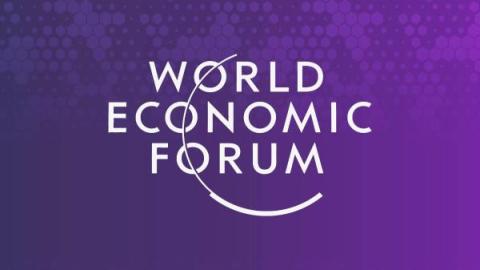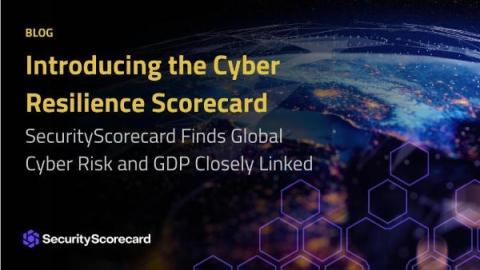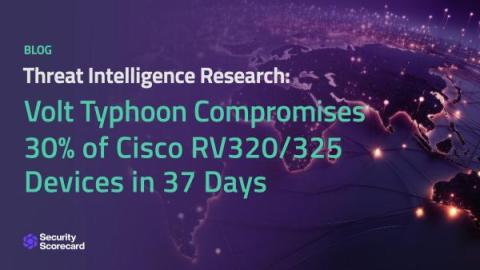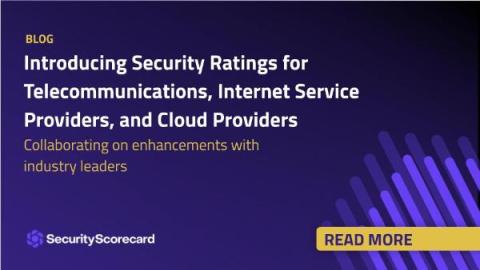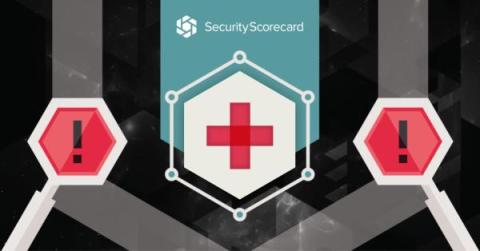Security | Threat Detection | Cyberattacks | DevSecOps | Compliance
Latest Posts
Bolstering Cyber Resilience in the US Water Sector: A Call to Action
From Confusion to Clarity: Red Sift Breaks Down Google and Yahoo's Email Security Requirements
Decoding Cyber Security Innovations with SecurityScorecard CEO Alex Yampolskiy
SecurityScorecard Returns to the World Economic Forum's Annual Meeting: Our Top 5 Insights
Introducing SecurityScorecard MAX
Introducing the Cyber Resilience Scorecard
This week at the World Economic Forum Annual Meeting, SecurityScorecard published the first Cyber Resilience Scorecard, offering leaders and decision-makers a comprehensive and global view of global cyber risk. SecurityScorecard identified a strong correlation between a country’s cyber risk exposure and GDP, which underscores that a nation’s economic prosperity is deeply intertwined with its ability to navigate the complex landscape of cyber threats.
Threat Intelligence Research
As part of our effort to make the world safer, SecurityScorecard has been tracking threat actor groups conducting cyberattacks on behalf of nation states.
Introducing Security Ratings for Telecommunications, Internet Service Providers, and Cloud Providers
Telecommunications, Internet Service Providers, and Cloud Providers are some of the most critical sectors on the planet. They enable global connectivity, provide access to a wealth of information in real time, and transform business operations. As the foundation of modern communication, these industries have ushered in countless innovations and propelled society forward.
5 Considerations for an Effective Healthcare Risk Management System
The healthcare industry is no exception to the rapid levels of transformation we’re seeing across multiple industries right now. As more facilities begin to leverage electronic health records (EHRs) and internet-connected medical devices for patient care, organizations are becoming more reliant on advanced technologies. While these changes have helped advance patient care in many ways, they have also introduced the healthcare sector to greater levels of risk.



